Alpaca Fleece Testing
Alpaca Fleece Testing
Alpaca Fleece Testing - Measurement for fiber diameter and fiber length
SGS provide laboratory fleece testing as an independent and accredited service, giving growers the data required to select animals for culling or breeding. Growers and breeders simply send in fleece samples selected from individual animals and reports are issued on test completion
Couldn't load pickup availability
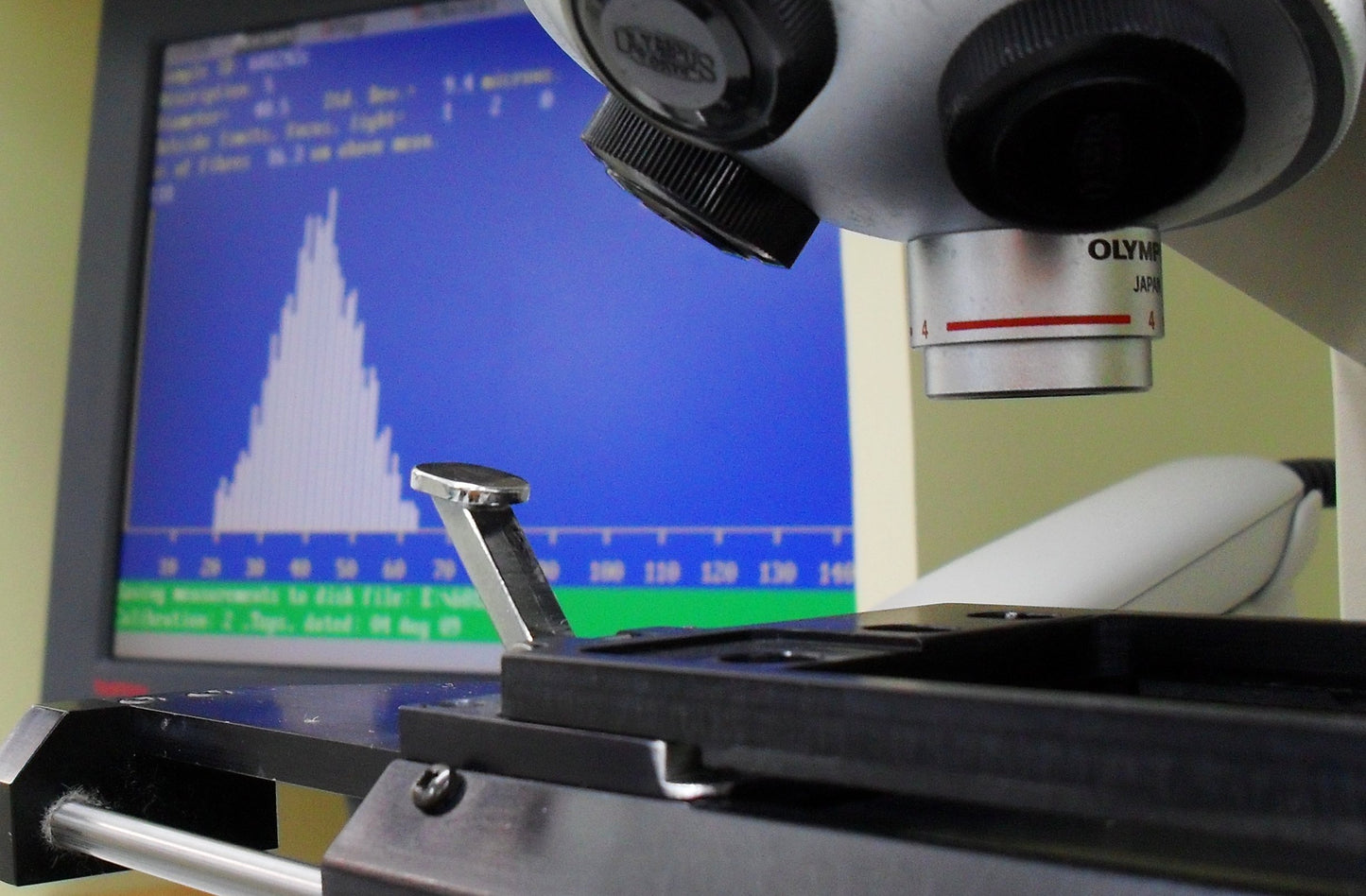
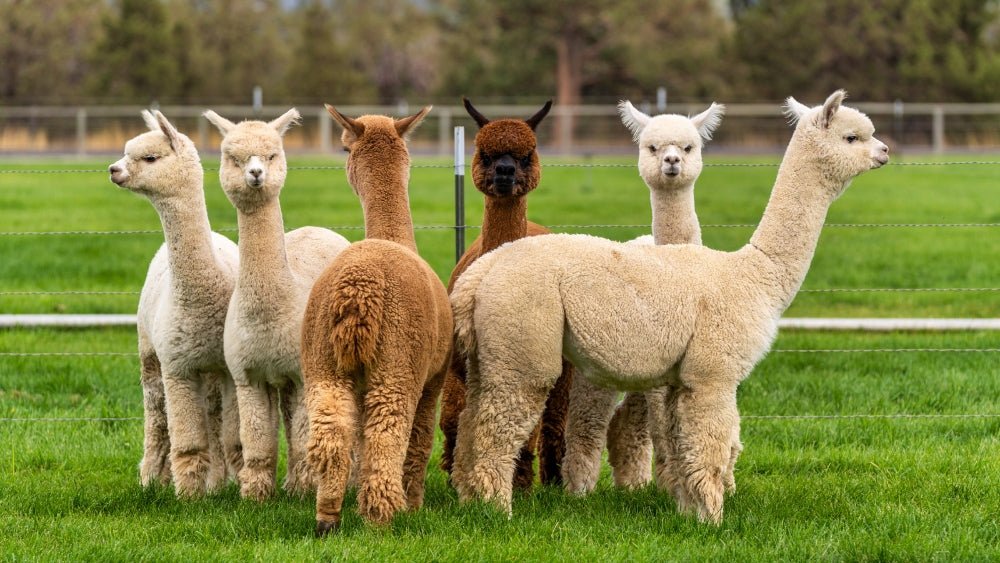
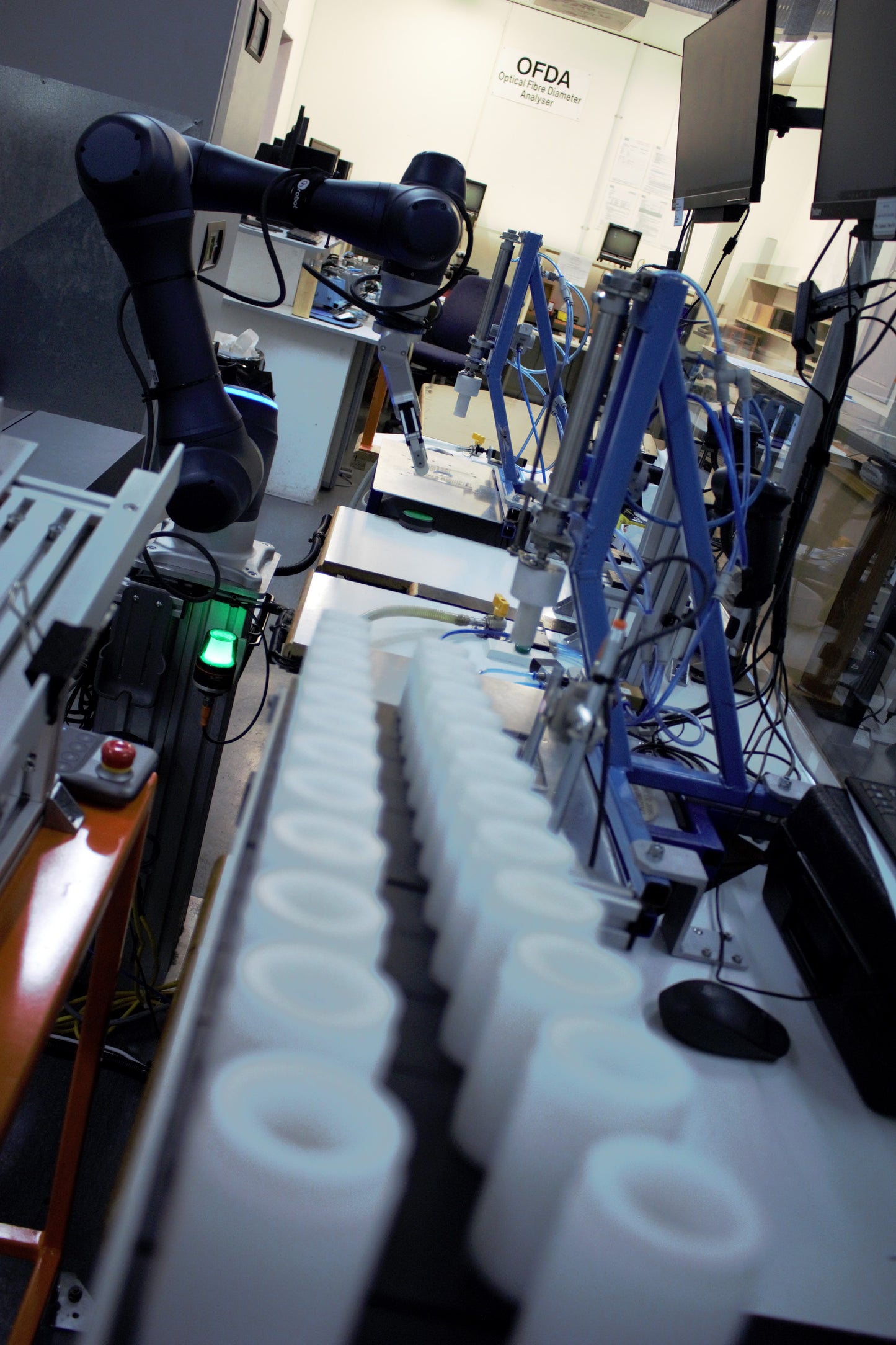
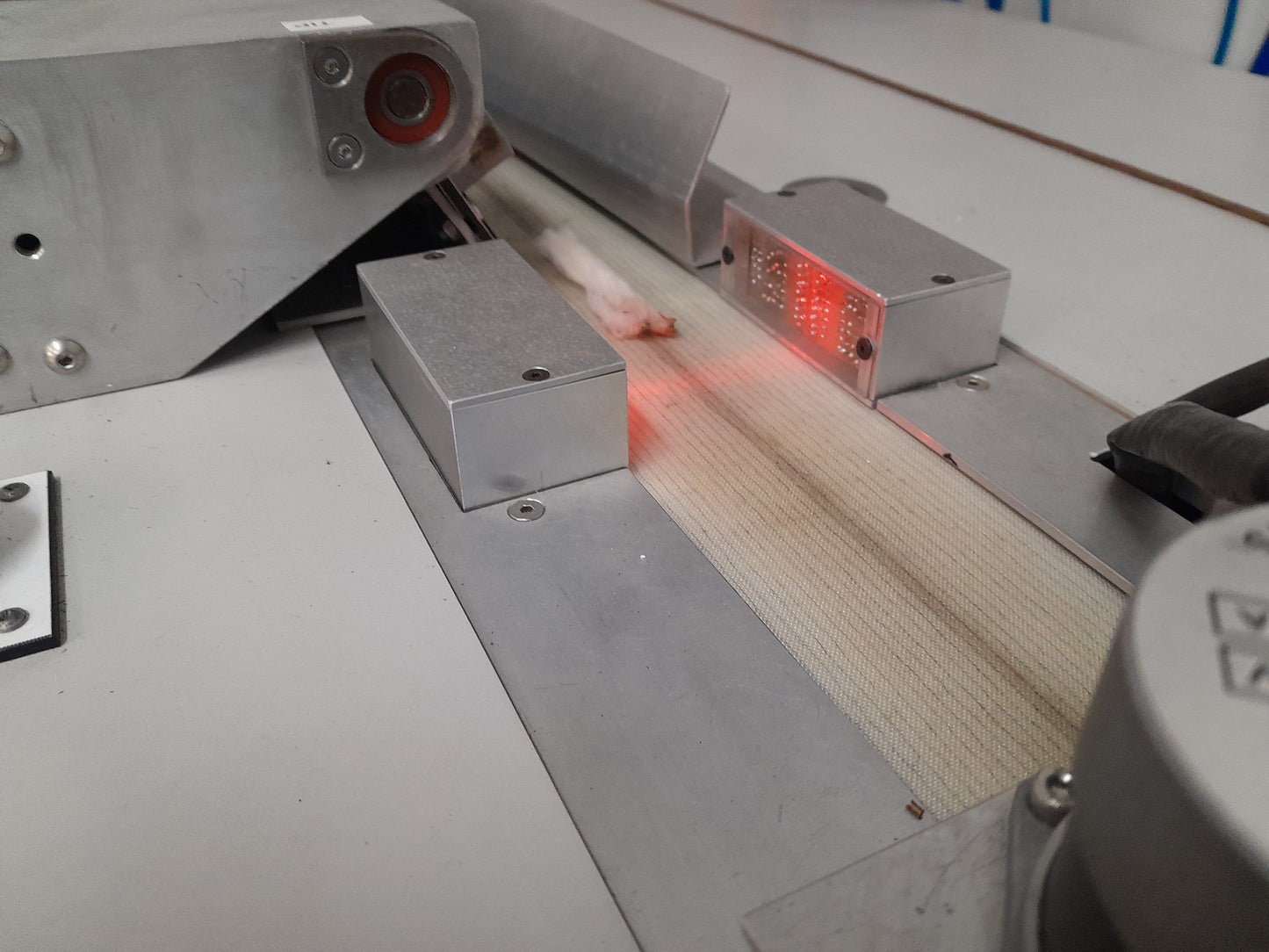
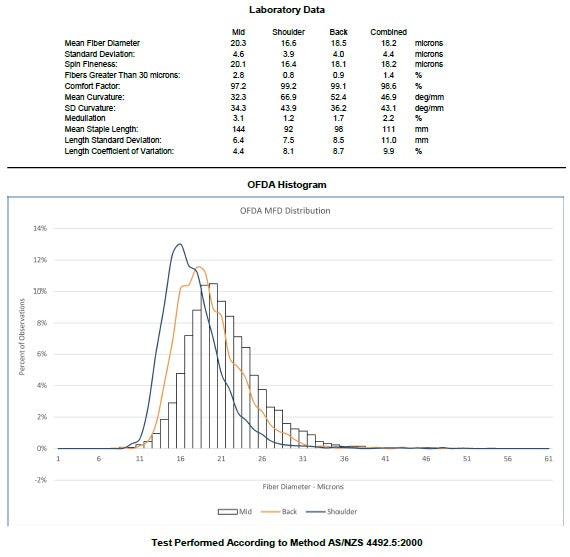
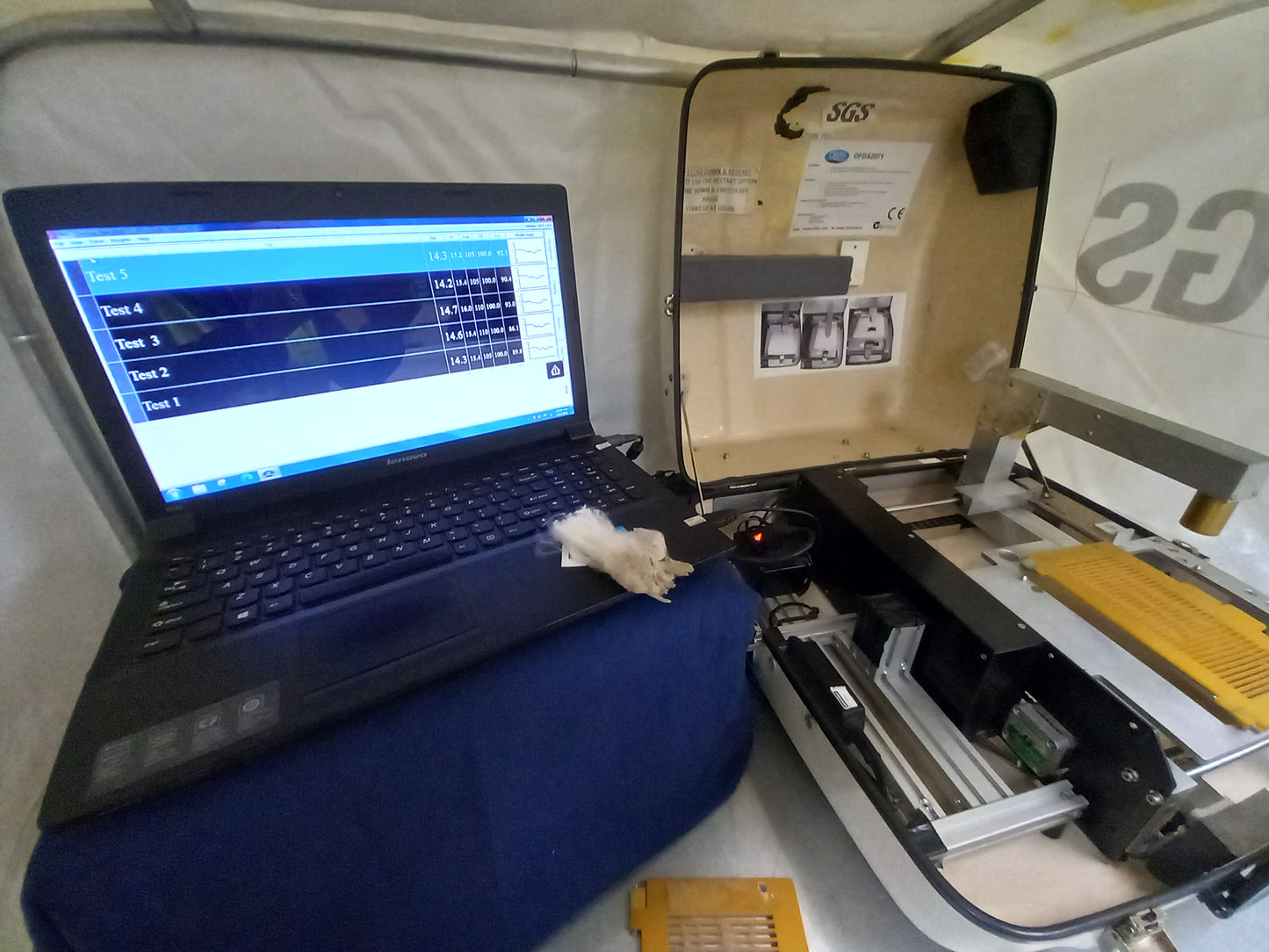
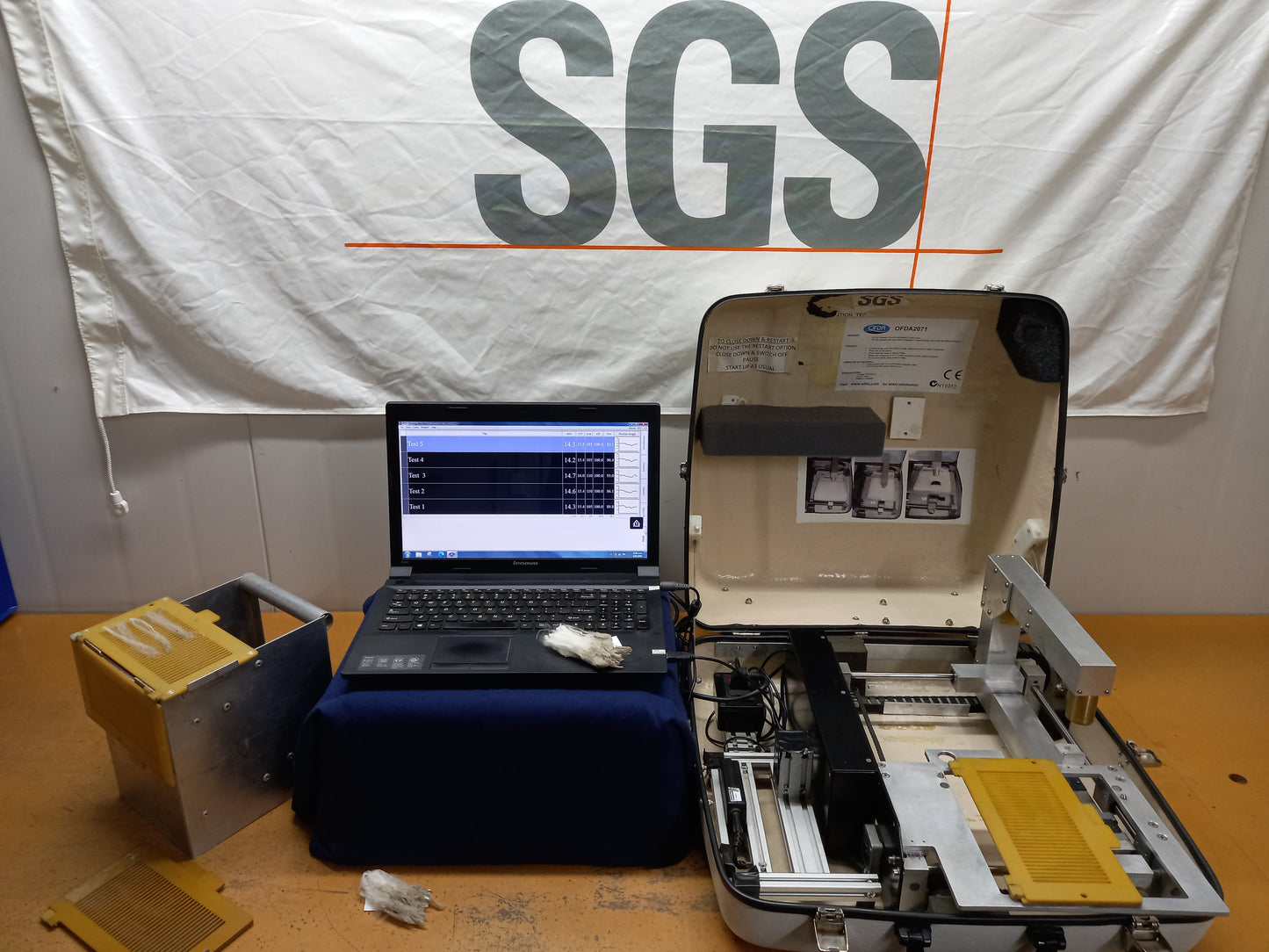
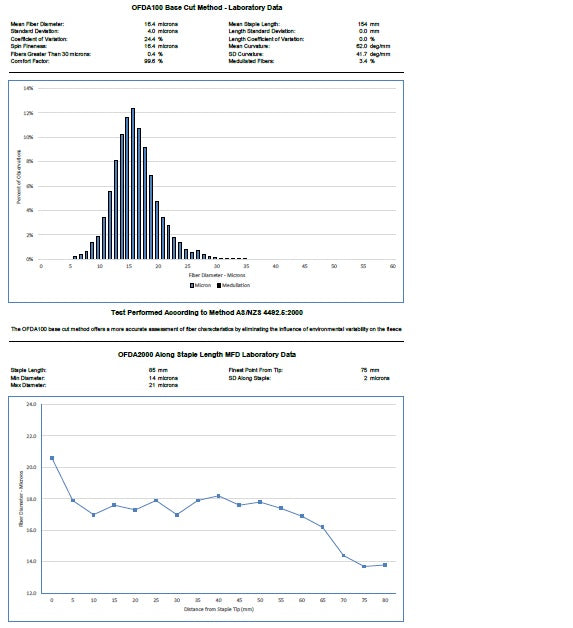
What do you get?
Convenient fleece testing of samples from individual animals for breeding selection purposes – simply pay online by credit card for:
- Accurate fleece testing, including micron (average diameter), staple length and strength, length-diameter profile and yield
- Quality and quantity certainty – for both the buyer and seller
What is included in the test?
Tests include micron (average diameter), staple length and strength, length-diameter profile and yield.
A popular testing solution for animal owners, fleece testing helps you to improve quality. We test greasy wool samples using a variety of low-cost methods that are specifically designed for animal selection purposes.
How to send your samples to our lab ?
How to understand your test results
OFDA100 Report Definitions
Mean fiber diameter
The average fineness of the wool (fiber thickness), which is a primary determinant of wool value
Color
Measured as tristimulus values, and normally used to assess clean color brightness (Y value) and yellowness (Y-Z value)
Staple length and strength
We use the average staple length, staple strength and position of break to assess the performance of apparel wools in the worsted processing system
Fiber curvature
Relates to bulk, compressibility, and crimp and is cited as an influence on processing
Fiber diameter distribution
Information about aspects of the diameter distribution may affect assessments of comfort and processing performance
Medullation
Refers to the hollow fibers in wool and other animal fibers, which causes uneven dye uptake and adversely affects appearance in apparel wools (but may be desirable for some carpet types)
How it works
 Receive sampling info and sample sizes required and order sampling equipment if necessary
Receive sampling info and sample sizes required and order sampling equipment if necessary
 Pay testing fees by credit card
Pay testing fees by credit card
 Post samples for testing to SGS in New Zealand and testing will be performed by SGS
Post samples for testing to SGS in New Zealand and testing will be performed by SGS
 Electronic certificate sent to you by email
Electronic certificate sent to you by email








